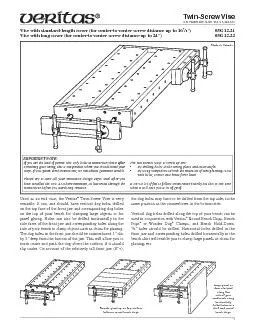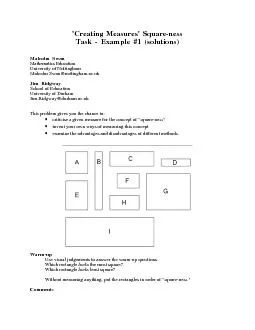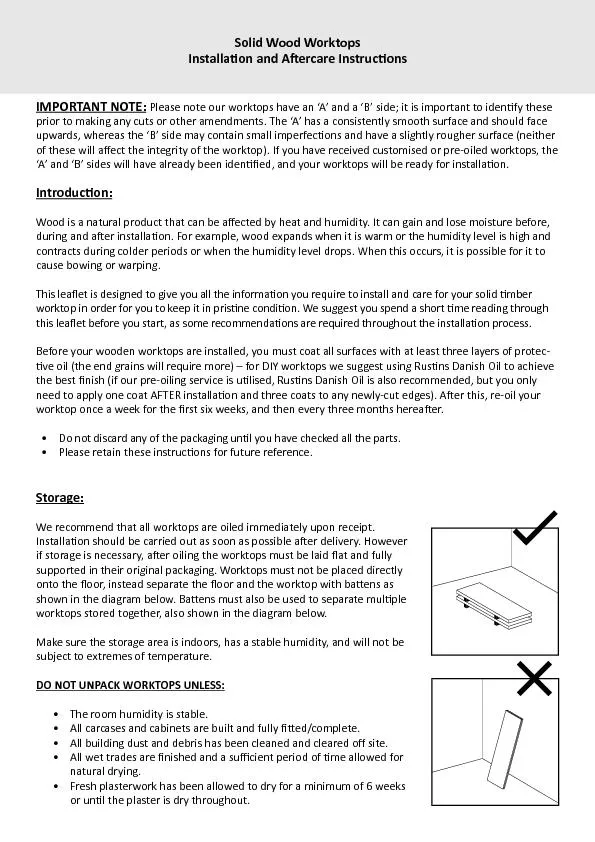PDF-IMPORTANT NOTE:If you are the kind of person who only looks at instruc
Author : white | Published Date : 2021-01-11
Boards glued up on top surface between round bench dogs Large panel or side of your skirt and round bench dogs TwinScrew Vise Vise with standardlength cover for
Presentation Embed Code
Download Presentation
Download Presentation The PPT/PDF document "IMPORTANT NOTE:If you are the kind of pe..." is the property of its rightful owner. Permission is granted to download and print the materials on this website for personal, non-commercial use only, and to display it on your personal computer provided you do not modify the materials and that you retain all copyright notices contained in the materials. By downloading content from our website, you accept the terms of this agreement.
IMPORTANT NOTE:If you are the kind of person who only looks at instruc: Transcript
Download Rules Of Document
"IMPORTANT NOTE:If you are the kind of person who only looks at instruc"The content belongs to its owner. You may download and print it for personal use, without modification, and keep all copyright notices. By downloading, you agree to these terms.
Related Documents














